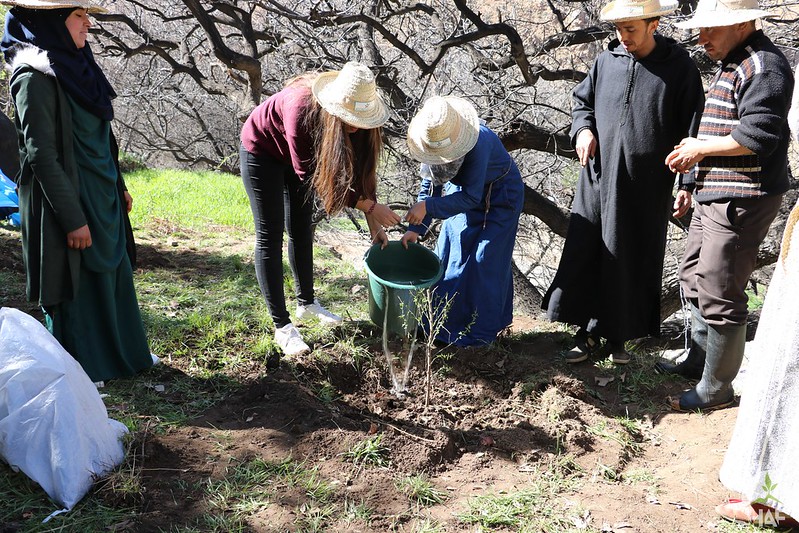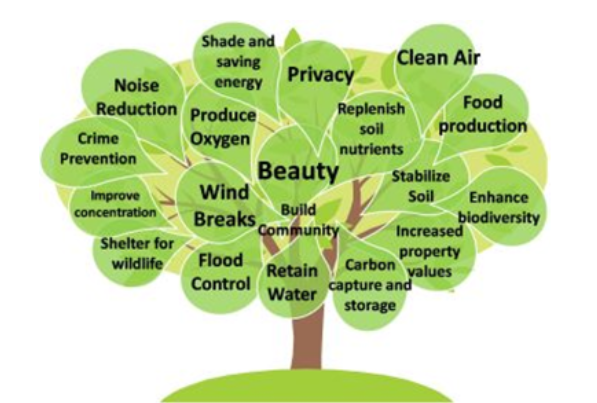Carlie Daniel
HAF-UVA Intern

The Aziza Date is a rare type of date that contains a lower sugar content than other dates and can be preserved for up to two years before spoiling. Its long shelf life and nutritional value make it a valuable fruit that has the potential to be very beneficial to farmers and the local economies of the Figuig Province of Morocco. These fruits possess many benefits, but they also come with many production problems, making it difficult for them to reach maturity and be sold.
Production Issues
Aziza datestake about 8 to 10 years to mature, but survivability to that point is estimated to be as low as 10%. The biggest issue surrounding the survivability of young date shoots is a lack of information surrounding the correct Aziza date farming techniques. One source estimates that around only 30 people in the country know how to cultivate this rare fruit. With the proper cultivation techniques, young date shoots require intensive trimming and pruning to allow the healthy leaves to continue growing as any diseased leaves can spread to the rest of the tree. A common disease in young date shoots is Parlatoria date scale, which turns leaves yellow and will kill the shoot if not quickly resolved. This is prevented by pruning, fungicide, and mineral-based oils, which can address the problem of Parlatoria date scale before it becomes a major reason for low survivability.
Date Care
Date care is also vital in keeping young shoots alive. Most dates are planted through the propagation of other date leaves. Propagation involves taking a part of a mature plant and planting it to grow into a separate mature date tree. With this process, the propagated portion is often not planted immediately, which can lead to the death of profitable date shoots. Young shoot leaves should also be tied to the main stem to protect them from harsh conditions like wind and rain, which is another way to increase survival rates. Lastly, they must be planted at the right time of year -if shoots are planted in their dormant state, they are more likely to dry out before they can begin to grow.
Future Research and Plans
There is limited information available about this type of date and survivability rates, so more research needs to be done. One plan in Figuig, Morocco proposes to raise Aziza dates in a lab for two years before exposing them to normal environmental conditions. Date-growth in a laboratory setting has shown a 100% survival rate for other types of dates, but this would need to be done with Aziza types to see survivability and the long-term potential of this method. This would cost a significant amount of money, but it would help to modify Aziza date care for maximum community benefits. Additionally, since there is such a limited amount of farmers who know Aziza date techniques, one of the first steps would be further research and documenting their methods to be able to teach other farmers.
Conclusion
The extensive care, long maturity time, and common production problems make growing the Aziza date far from an easy task, but that does not mean growing them is not feasible. Aziza dates have the potential to be a huge source of income for Morocco, but there needs to be more research first on proper farming practices and lab work on Aziza date survivability.





